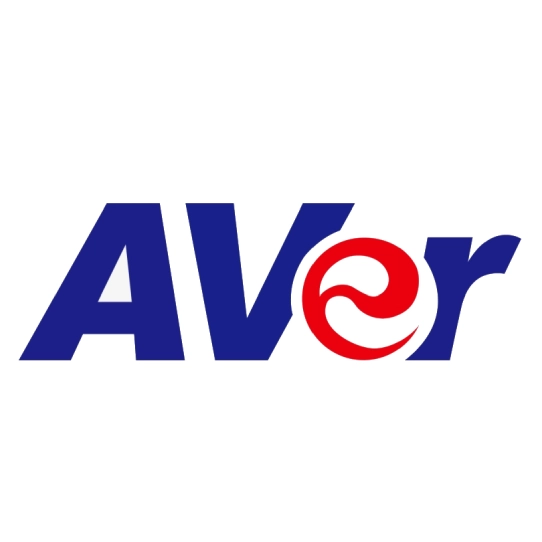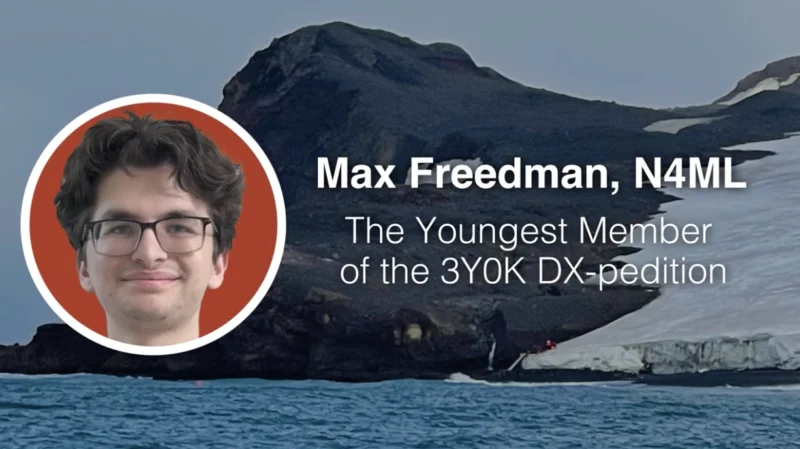Virtual Learning is Disrupting Education
In recent years, the rise of virtual learning in education saw rapid acceleration by technological advancements and the global pandemic. This shift represents a disruptive innovation, likened by experts to the influence of the printing press, heralding more accessible and flexible educational avenues.
Michael B. Horn, Education Thought Leader, Author, and host of The Future of Education podcast, delves into the monumental shift virtual learning has ushered into K-12 and higher education sectors. Horn articulates how online learning platforms have democratized access to education and significantly altered the traditional structure and approach towards teaching and learning. He highlights the pivotal role of online institutions like Southern New Hampshire University Online and Western Governors University in extending educational opportunities to a broader demographic. He further examines how blended learning models are redefining K-12 education and the ripple effects of virtual learning on workforce training, referencing platforms like YouTube, LinkedIn Learning, and Pluralsight as game-changers in continuous professional development.
Horn envisions a promising trajectory for virtual learning, especially with the infusion of AI and mixed-reality technologies poised to enhance interactivity and engagement in digital learning environments. Despite the primitive nature of early online learning platforms, Horn is optimistic about the evolution of more sophisticated, interactive, and learner-centric virtual education ecosystems. He encourages educators to explore innovative tools like AVer’s all-in-one camera with AI Audio, designed to enrich the virtual learning experience.
To learn more about these insights and the revolutionary impact of virtual learning, visit aversusa.com.




